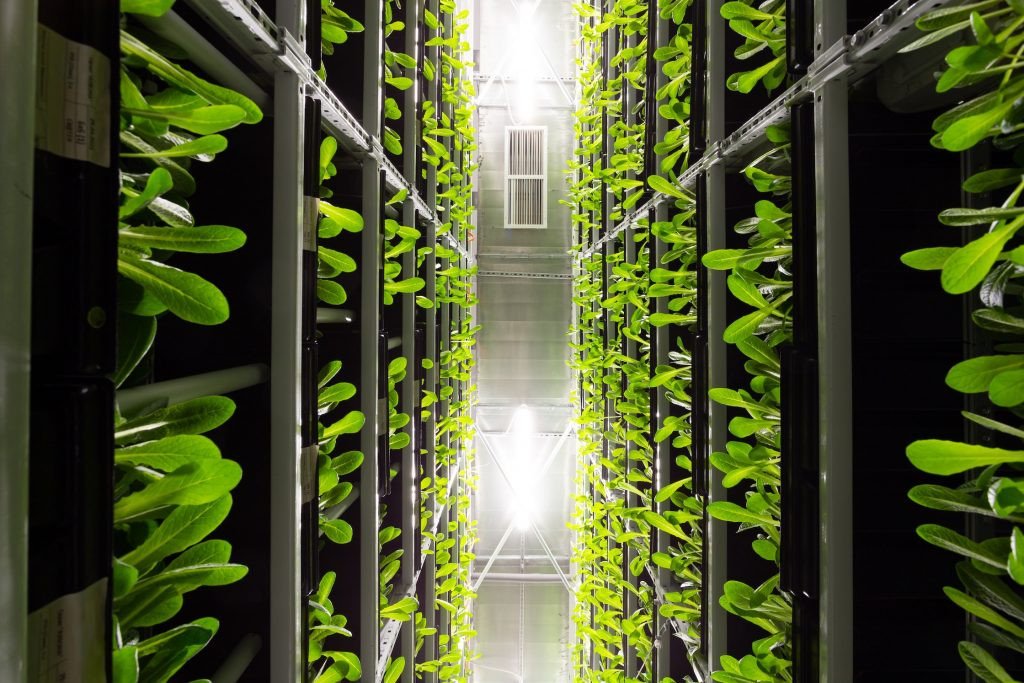An emerging food sector that is unabashedly telling their story is indoor vertical farming. Indoor farmers are popping up all over the country with satisfying stories about their agronomy, water, robotics, and taste-testing practices. Admittedly the marketing approach to selling indoor-farmed bounty has had my interest for over a decade now. For the first time, chefs in snowy parts of the world have access to fresh, locally-grown produce year-round. The produce rules are changing and I for one think it’s fascinating.
The first time I discovered rooftop urban farming was 2011 in Queens, New York. I was working at an online television startup as the Director of Marketing. While we were doing cool things in my office, to be sure, there was way cooler growth happening on the roof. This was when I discovered Gotham Greens, a fantastic farm founded by Viraj, who happens to be married to a childhood friend from California. I would sneak up to the roof to walk around, smell the soil, and dream of moving back to California to utilize my marketing skills for something I cared about deeply: agriculture.
Recently, the USDA has made huge strides to acknowledge this important part of the food ecosystem, even establishing an Indoor Farming Committee this year.
As a fifth-generation California farmer, I believe in tradition and have a nostalgic appreciation for the pioneering West. I am emotionally (and financially) tied to the farm and committed to the future of the family farm. However, in no way do I feel that urban farming is competing with traditional farming (as in, operating with tractors and wide open plots of land). In fact urban, non-traditional vertical methods of farming are helping the cause. Anything we can do to promote domestic consumption is critical. Consumers ultimately drive the industry with their wallets, so why wouldn’t we, the ag industry, educate the world about the choices at hand?
When faced with the decision of whether to eat locally, vertically-grown food with transparent marketing or imported produce that is undoubtedly laced with ethylene and grown with poor documentation the choice seems clear. Now, the big marketing question I’m anxious to crack is: how much are consumers willing to pay for a commodity vs. brand openly sharing their vision and values? The future of commodity marketing is bleak, to say the least, which is why AC&C is thrilled to be helping our clients understand, reach, and educate their customers.
Several brands I enjoy following & cheering on:

